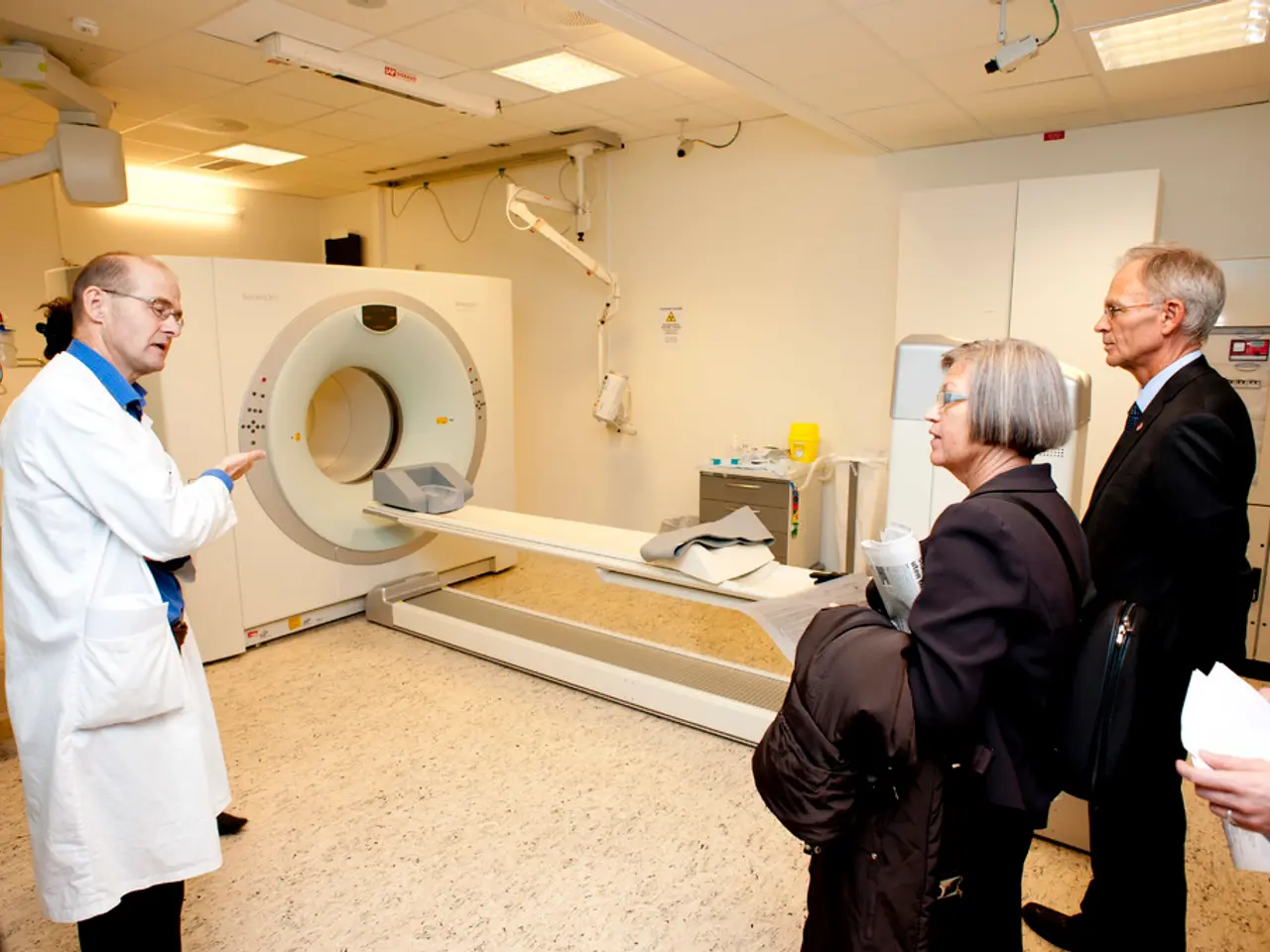Decoding Medical Documentation: An Overview of Its Nature and Functions
In the realm of healthcare, the importance of accurate and timely documentation cannot be overstated. One crucial link in this chain is medical transcription, a process that converts voice-recorded medical reports into text format. This task requires a unique set of skills, from strong listening and typing abilities to a deep understanding of medical terminology.
For medical transcriptionists, maintaining patient confidentiality is paramount. They must adhere to strict privacy laws such as HIPAA, ensuring that sensitive information remains secure throughout the transcription process.
The tools of the trade for transcriptionists include specialized software and headphones, which they use to adjust the speed and clarity of the audio as needed. Transcribed documents form part of a patient's permanent medical record and are used for billing and insurance claims.
Understanding medical transcription is essential for any healthcare professional who relies on detailed patient documentation. The transcriptions go through a verification process, including proofreading and reviewing, to guarantee accuracy and avoid errors.
Continuous education and training is key for medical transcriptionists to stay current with medical terminology and changes in healthcare documentation requirements. The best software in medical transcription requires a skilled transcriptionist to oversee its output for accuracy and reliability.
Recent advancements in technology have begun to reshape the medical transcription landscape. Speech recognition software has become more sophisticated, allowing for automated transcription of voice recordings. However, human oversight remains essential for quality control, catching errors or ambiguous phrasing that AI might miss.
Current best practices in medical transcription emphasize the integration of advanced AI-driven speech recognition and digital dictation technologies to enhance accuracy, efficiency, and workflow integration. Real-time AI-assisted transcription, using large language models and ambient microphones, allows rapid generation of clinical notes with minimal delay, reducing physician administrative burden and enabling more time for patient care.
These AI systems are specialized to understand medical terminology broadly and within specific specialties through contextual adaptation, improving transcription relevance and accuracy. Key benefits include faster turnaround times, improved accuracy, seamless integration with electronic health records (EHRs), and reduction of physician burnout by automating routine documentation.
Ensuring compliance with HIPAA and other data privacy regulations is critical, requiring robust security and patient consent mechanisms in transcription technologies. Despite these advances, challenges persist, such as integrating AI transcription with legacy healthcare IT systems and maintaining data security and patient privacy in real-time AI transcription systems.
In summary, the state-of-the-art in medical transcription is rapidly evolving towards AI-powered, real-time, specialty-aware voice recognition integrated closely with EHRs, accompanied by robust human quality checks and strong privacy safeguards. This combination addresses traditional transcription inefficiencies, improves documentation quality, and enhances clinical workflows while navigating integration and data security challenges.
The medical transcription process begins with recording a healthcare provider's dictation after patient visits or procedures. Varying accents, dictation styles, and background noises in audio files can hinder the clarity of the recording, making the transcriptionist's role even more vital. Networking with peers and participating in professional associations provides valuable resources and support to medical transcriptionists. Medical transcription remains a critical endeavor within the healthcare industry, bridging the gap between oral communication and written records.
- The integration of advanced AI-driven speech recognition and digital dictation technologies into medical transcription is a significant step towards improving accuracy, efficiency, and workflow integration in the health-and-wellness sector.
- Science and technology, particularly AI-powered speech recognition, play a pivotal role in the medical-conditions domain by transforming the medical transcription landscape, ensuring accurate and timely documentation.




